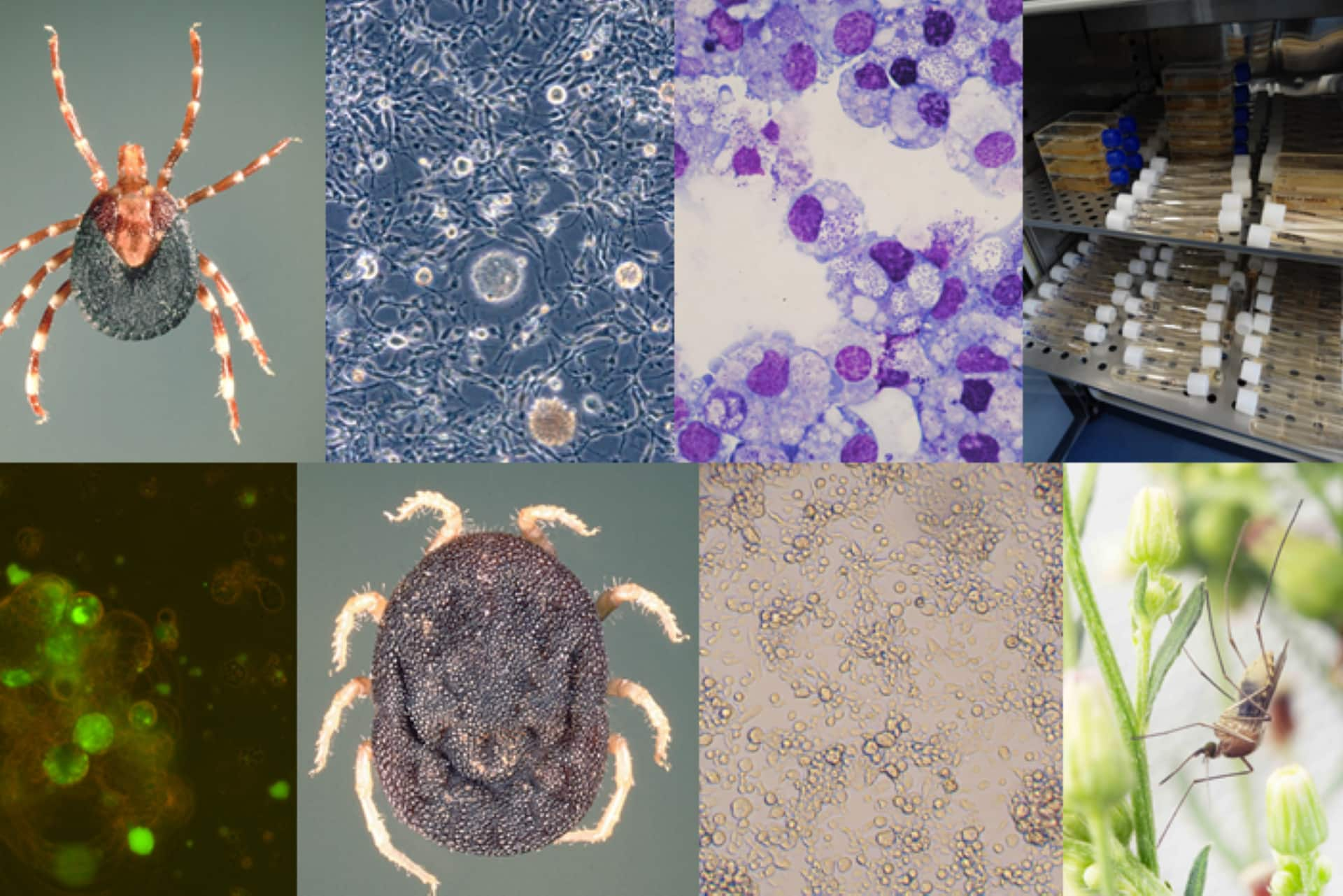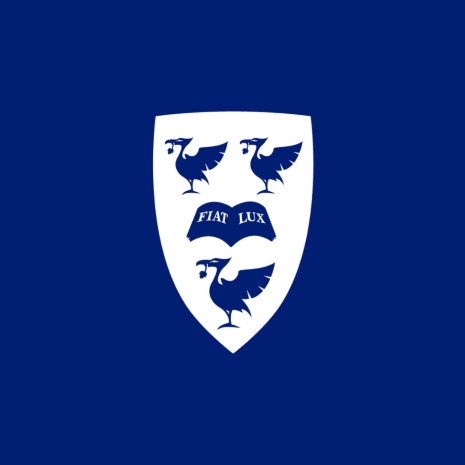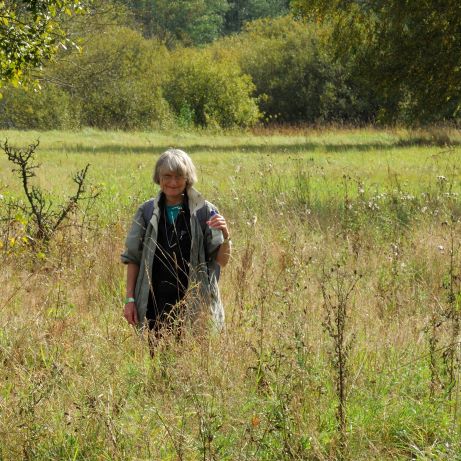
Ticks and other blood-feeding arthropods transmit many human and animal diseases. Research into prevention and cure of these diseases, which are caused by viruses, bacteria and parasites, is greatly assisted by the use of cell culture systems. These enable study of both how arthropod cells function, and how and why arthropods harbour and transmit these disease-causing pathogens.
The Tick Cell Biobank houses a collection of continuous cell lines derived from ixodid and argasid ticks and insects of medical, veterinary and agricultural importance and generates novel cell lines from ticks and other arthropods. We also house a small collection of obligate intracellular arthropod-borne bacteria, and maintain a downloadable bibliography of all known references reporting use of tick cell cultures since the 1950s.
View a list of the currently-available tick and insect cell lines: Tick-and-insect-cell-lines-TCB-Jan-2025
Our Tick Cell Biobank Outposts in Malaysia, Kenya and Brazil facilitate access to selected tick cell lines and training in Asia, Africa and South America. For further information, contact tickcellbiobankenquiries@liverpool.ac.uk
What our facility offers
- We store and supply tick and insect cell lines to researchers all over the world, subject to appropriate Material Transfer Agreements (MTAs)
- Our collection includes almost all tick cell lines currently available worldwide and a growing panel of cell lines derived from blood-feeding insects.
- We provide training in tick cell line maintenance and ongoing troubleshooting support to recipient scientists, delivered remotely by live-streaming, at one of our Outposts or, exceptionally, in Liverpool.
- We can provide advice on arthropod cell line generation
- We can provide cultures or nucleic acids of selected species of intracellular arthropod-borne bacteria.
Who can use our resources
- University of Liverpool academic staff and students can access any of the Tick Cell Biobank resources
- Not-for profit external recipients can request any cell line in the collection, subject to an MTA, availability and suitability for the proposed research. Information on pricing and supply of cell lines is available here: Tick Cell Biobank_Pricing_May25.
- MTAs for industrial and commercial research partners requesting cell lines belonging to University of Liverpool are negotiated on a case-by-case basis
- Industrial and commercial research partners requesting cell lines belonging to University of Minnesota (e.g. ISE6, IDE8) will be referred to Minnesota’s Technology Commercialization Office to negotiate an MTA prior to supply of the cells by the Tick Cell Biobank
- Scientists wishing to collaborate on generation of novel cell lines from ticks, insects and other invertebrates should contact us to discuss options.
What the Tick Cell Biobank resources can be used for
- Accessing cell lines derived from the following taxa:
- Ixodid tick species of the genera Amblyomma, Dermacentor, Hyalomma, Ixodes and Rhipicephalus
- Argasid tick species of the genera Argas, Carios and Ornithodoros
- Insect groups including mosquitoes (Aedes and Culex spp.), biting midges (Culicoides spp.), sand flies (Lutzomyia and Phlebotomus spp.), tsetse flies (Glossina morsitans), triatomine bugs (Rhodnius and Triatoma spp.) and honey bees (Apis mellifera).
- Establishing new cell lines from arthropod species or strains which are not already represented in the collection
- Providing access to a small collection of intracellular tick-borne bacteria including Anaplasma, Ehrlichia, Rickettsia, Spiroplasma and Wolbachia species that can be propagated in arthropod cells
- Understanding how arthropod cells function, and how and why arthropods transmit disease-causing pathogens.

